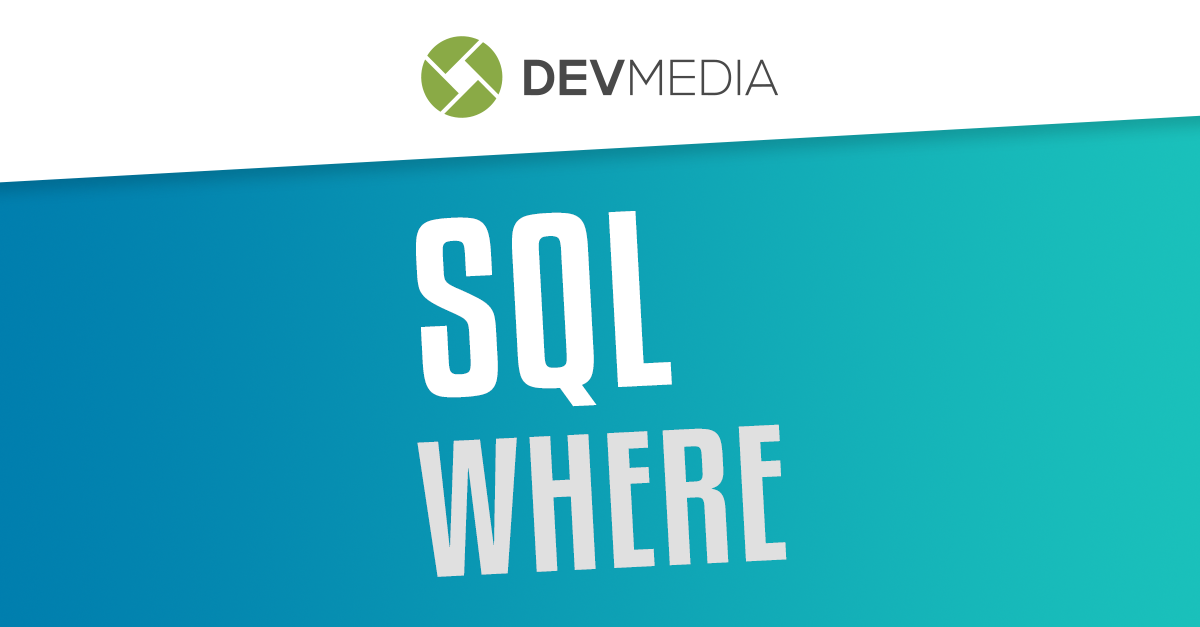Como usar o Query Notification
Problema do aluno: Trabalho com Visual Studio 2005 (C#) e preciso criar um aplicativo windows que A CADA ALTERAÇÃO DE DADOS no SQL Server 2005, dê um refresh no datagrid. Como faço?
Solução: Primeiro, criamos um database e as tabelas, usando o script abaixo, que deve ser executado no SQL Server Management Studio.
USE MASTER
–
IF EXISTS(SELECT * FROM SYS.DATABASES WHERE NAME=‘EXEMPLO_QUERY_NOTIFICATION’)
DROP DATABASE EXEMPLO_QUERY_NOTIFICATION
–
CREATE DATABASE EXEMPLO_QUERY_NOTIFICATION
GO
USE EXEMPLO_QUERY_NOTIFICATION
–
CREATE TABLE PESSOA
(
COD_PESSOA INT IDENTITY PRIMARY KEY,
NOME_PESSOA VARCHAR(50),
APELIDO_PESSOA VARCHAR(50),
SEXO_PESSOA CHAR(1) CHECK (SEXO_PESSOA IN (‘M’,‘F’))
)
–
INSERT INTO PESSOA VALUES (‘AGNALDO’, ‘OGRO’, ‘M’)
INSERT INTO PESSOA VALUES (‘BRUNO’, NULL, ‘M’)
INSERT INTO PESSOA VALUES (‘ANTONIO’, ‘NETINHO’, ‘M’)
INSERT INTO PESSOA VALUES (‘PEDRO’, NULL, ‘M’)
–
SELECT * FROM PESSOA
Agora, abrimos um projeto chamado ExemploQueryNotification, do tipo Windows Application no Visual Studio 2005 e posicionamos um DataGridView e um button no formulário, como abaixo:
Finalmente, crie um dalegate para “vigiar” a alteração de dados no database, implemente o método clique do button, que preencherá o grid com os dados da tabela. O código final fica assim:
using System;
using System.Collections.Generic;
using System.ComponentModel;
using System.Data;
using System.Drawing;
using System.Text;
using System.Windows.Forms;
using System.Data.SqlClient;
//
namespace NOTIFICATION_SERVICES
{
public partial class Form1 : Form
{
private DataSet meuDataSet = null;?
private SqlConnection conexao = null;
private SqlCommand comando = null;?
private string strConexao;
//
public Form1()
{
InitializeComponent();
}
//
private bool EnoughPermission()
{
SqlClientPermission permissoes = new SqlClientPermission(System.Security.Permissions.PermissionState.Unrestricted);
try
{
permissoes.Demand();
return true;
}
catch (System.Exception)
{
return false;
}
}
//
private void getDados()
{
meuDataSet.Clear();
comando.Notification = null;
SqlDependency dependencia = new SqlDependency(comando);
dependencia.OnChange += new OnChangeEventHandler(dependencia_OnChange);
using (SqlDataAdapter adapter = new SqlDataAdapter(comando))
{
adapter.Fill(meuDataSet, “pessoa”);dataGridView1.DataSource = meuDataSet;
dataGridView1.DataMember = “pessoa”;
}
}
//
delegate void UIDelegate();
//
private void dependencia_OnChange(object sender, SqlNotificationEventArgs e)
{
UIDelegate uidel = new UIDelegate(RefreshData);
this.Invoke(uidel, null);
SqlDependency dependencia = (SqlDependency)sender;
dependencia.OnChange -= dependencia_OnChange;
}
//
private void RefreshData()
{
getDados();
}
//
private void button1_Click(object sender, EventArgs e)
{
strConexao = “Data Source=NOTEBOOK;Integrated Security=SSPI;Initial Catalog=EXEMPLO_QUERY_NOTIFICATION;”;
string strSQL = “SELECT * FROM PESSOA”;
//
SqlDependency.Stop(strConexao);
SqlDependency.Start(strConexao);
//
if (conexao == null)conexao = new SqlConnection(strConexao);
if (comando == null)comando = new SqlCommand(strSQL, conexao);
if (meuDataSet == null)meuDataSet = new DataSet();
//
getDados();
}
//
private void Form1_FormClosing(object sender, FormClosingEventArgs e)
{
SqlDependency.Stop(strConexao);
//
if (conexao != null)conexao.Close();
}
}
}






